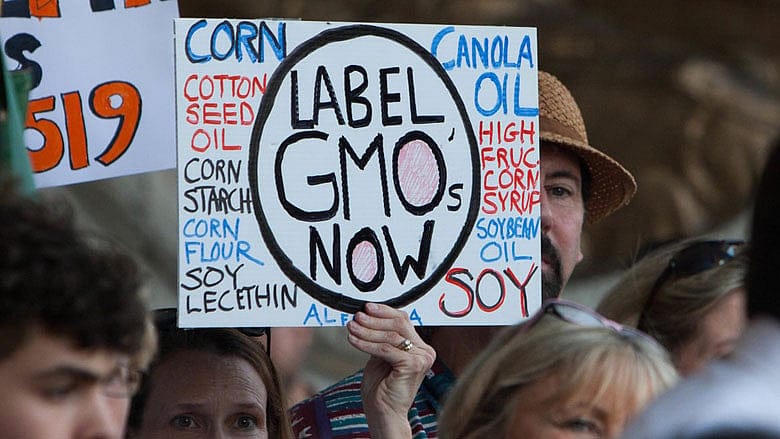What consumers want in GM food labeling is simpler than you think

The fast-approaching July 1, 2016, deadline for Vermont's new labeling law – and a new federal proposal that would set a national system for disclosure – for genetically modified (GM) food has provoked a range of responses from food manufacturers while reigniting debate about the need to balance the weight of scientific evidence against consumer demand for transparency. At the center of the debate lay questions of trust in science and how the ways we communicate risk serve to increase or decrease that trust.

